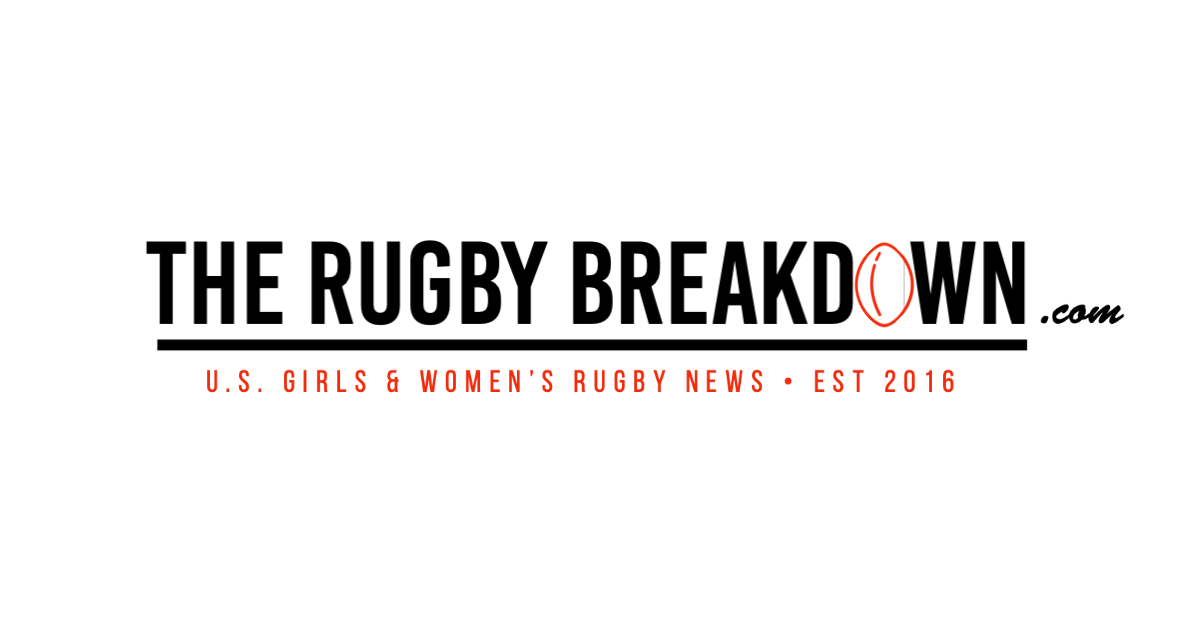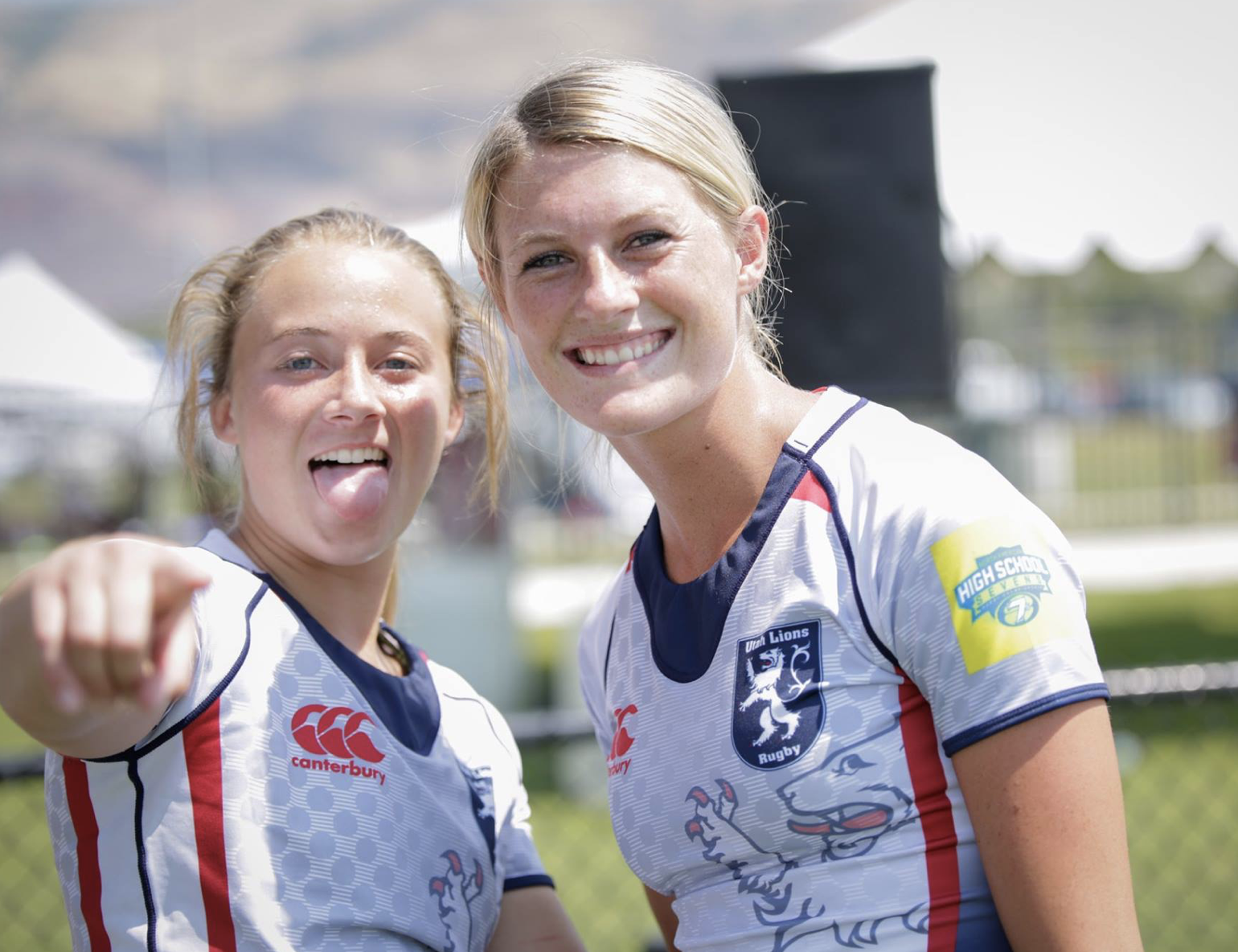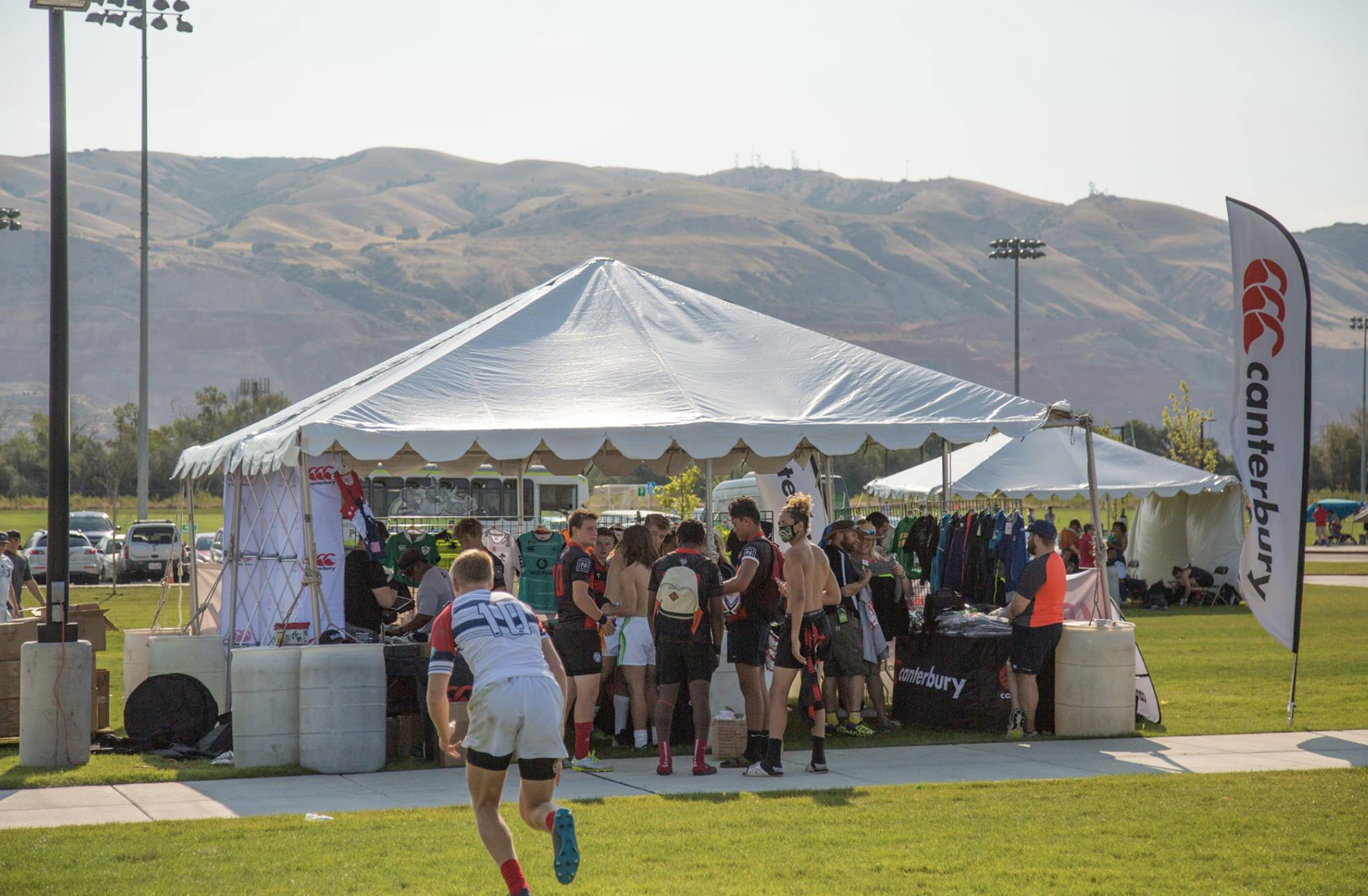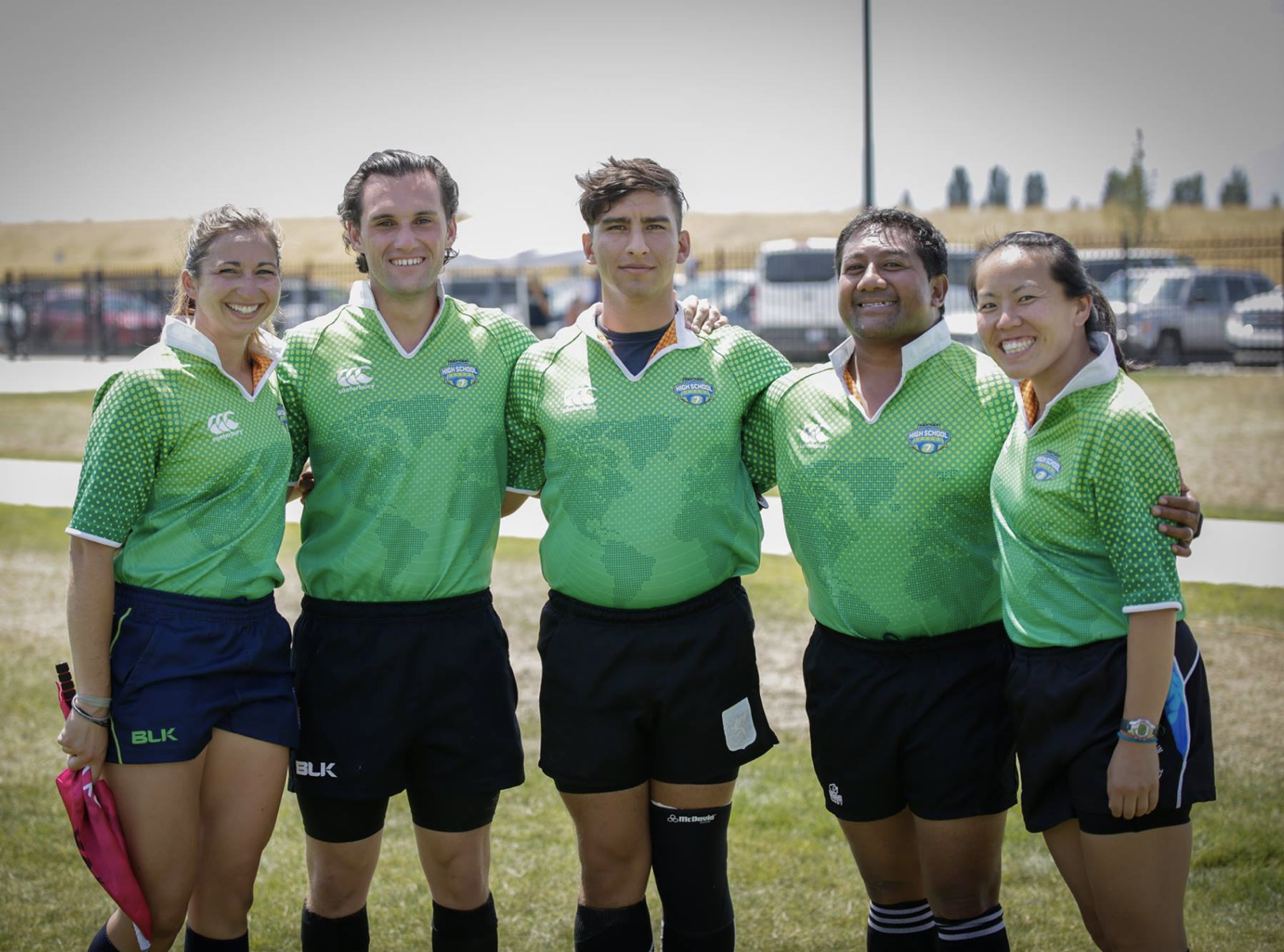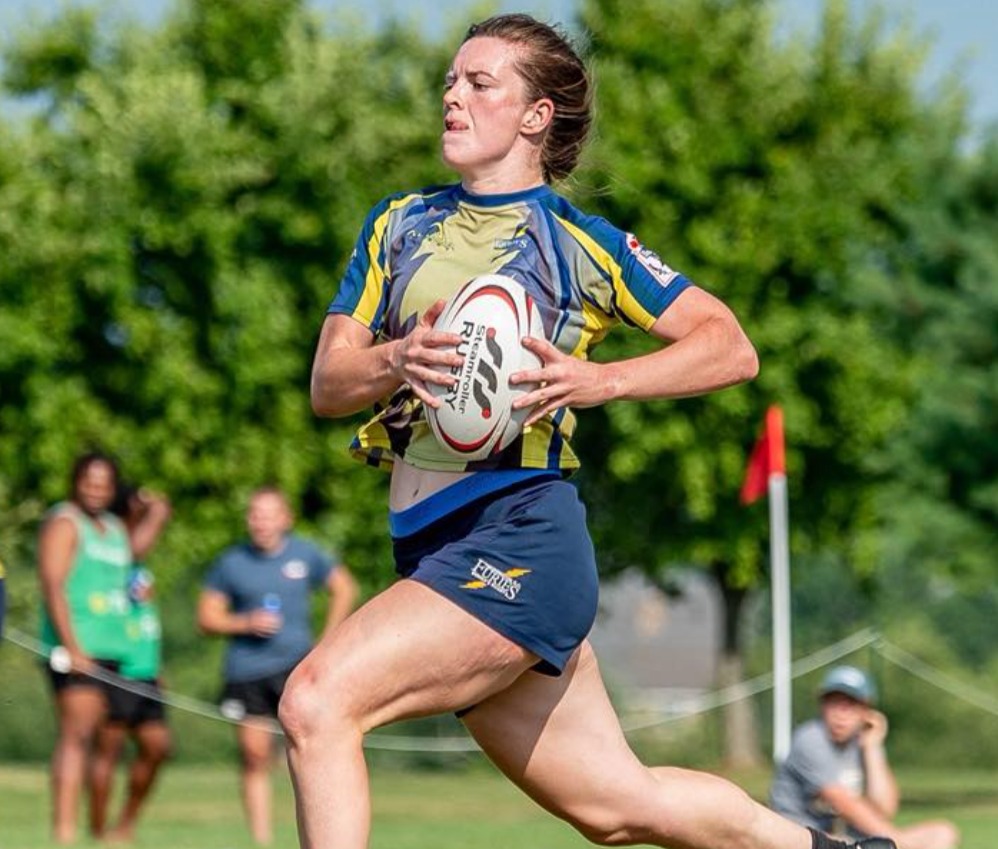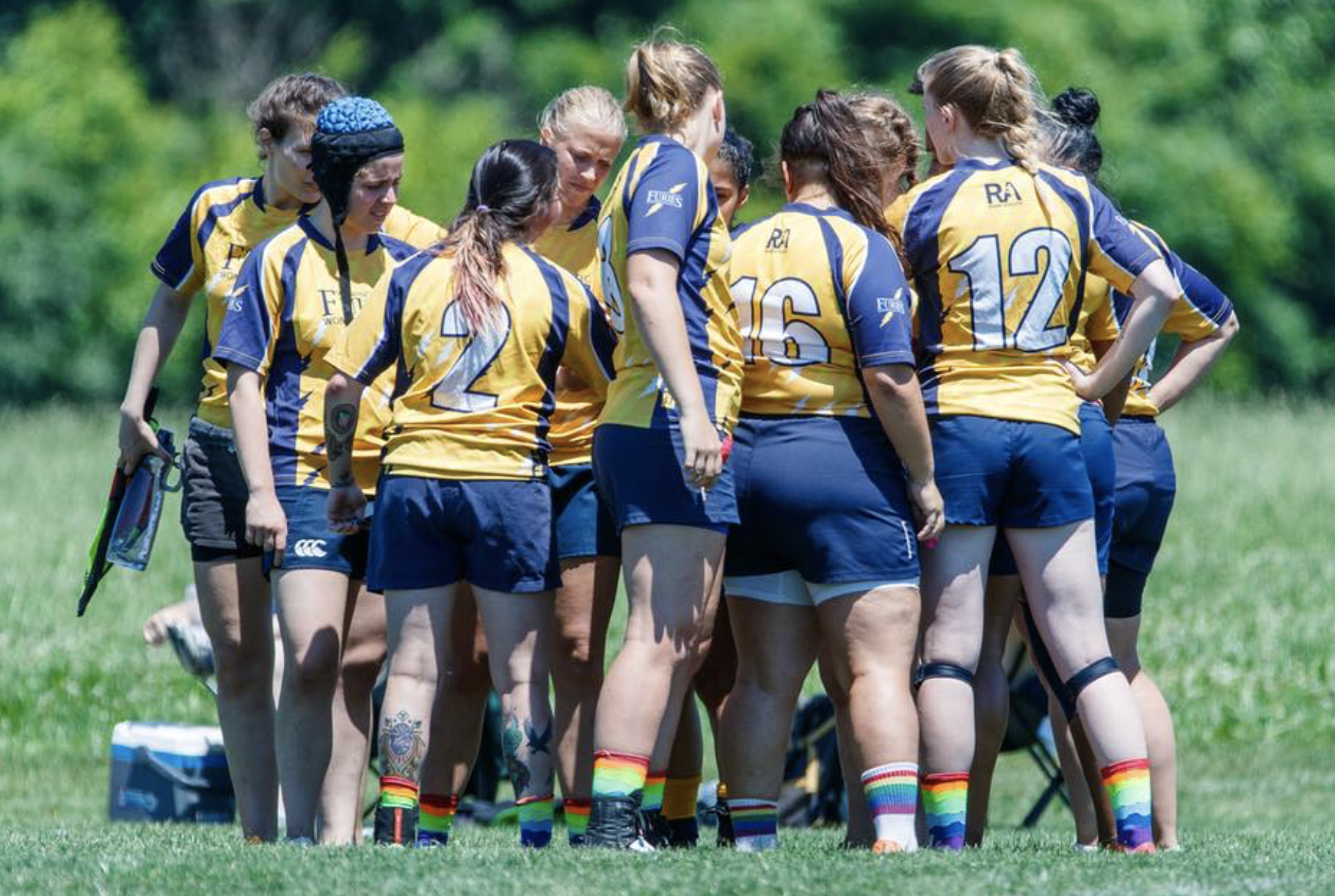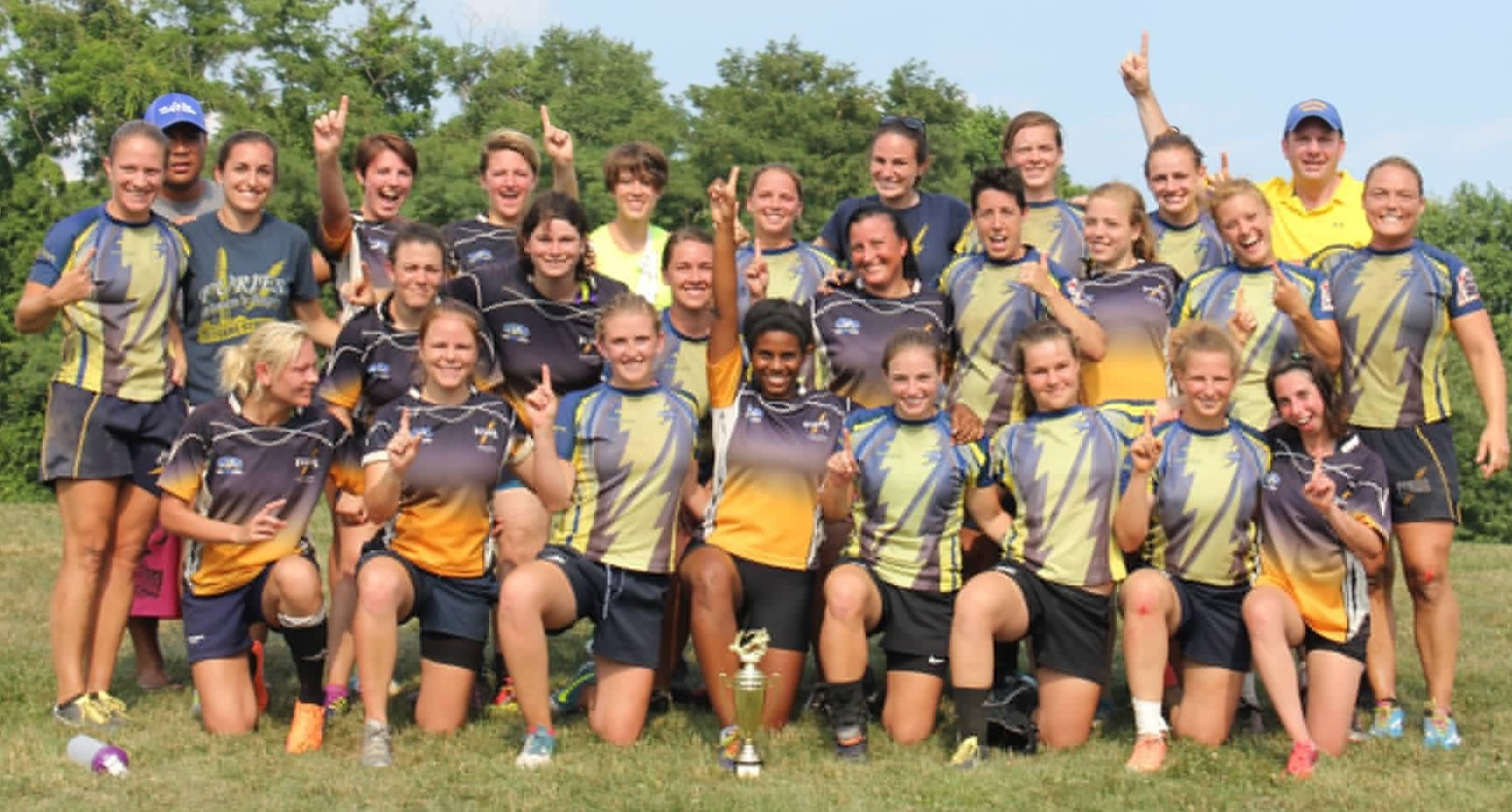
Photo: DC Furies Women’s Rugby Facebook
COVID-19 has demolished the rugby calendar. As teams digest “Return to Play” guidelines, event organizers are simultaneously deciding whether their tournaments are safe to host this year. This stoppage in play will undoubtedly impact rugby-playing numbers and clubs’ financial standing, but there is also an opportunity during this standstill. There is now time for tournament hosts to evaluate their events for improvements as well as teams to consider destinations that otherwise might have clashed with a set summer schedule or were deemed too far for a weekend trip. The following aims to aid both of those entities by highlighting the tenets of a successful tournament.
RELATED: 2020 Women’s Rugby Calendar
There is no shortage of rugby tournaments in the U.S., but it’s useful to know – without first-hand experience – which events prioritize the attendee’s experience. D.C. Ruggerfest, Cape Fear 7s and North American International 7s are among those tournaments that have developed positive reputations, and represent a diversity of focus and setting.
The Furies host the D.C. Ruggerfest and its proximity to the nation’s capital is an attraction in itself. It is the largest women’s rugby tournament in the United States, and the 2020 event (which is hoping for a late-August, early-September reschedule) will be the 40th iteration of the pre-eminent tournament. D.C. is a nice midway point on the eastern seaboard and routinely draws elite through high school competition.
Cape Fear 7s in Wilmington, N.C., plans its annual tournament around the 4th of July (rescheduled for Aug. 22-23 this year) and brings that vacation feel to the coastal city. It draws a diverse lineup of teams, from international squads to those vying for berths to club 7s nationals. The Women’s Elite division always features squads like Scion, NOVA, Furies, ARPTC, Atlanta and more, and it serves as a preview for nationals.
The North American Invitational 7s (NAI 7s) tournament in Salt Lake City is the youngest event in the trio (est. 2014) but quickly grew into a must-attend. This event is one of the strongest youth-only rugby tournaments in North America and developed into a valuable talent ID and scouting showcase for college recruiters, USA Rugby age-grade teams, and more. On June 15, NAI 7s will make a go/no-go decision on the July 31 tournament.
The tournament directors explained that if a dedicated workforce can identify and secure event necessities, then a valuable product will emerge. The rugby community will soon experience that care firsthand and the tournament will grow more organically as teams vouch for it. So long as hosts respond to attendee feedback, they’ll develop fans for life.
Comforts of Home
The quality of the venue will frame an attendee’s first impression, and tournament directors need to consider the entire on-site experience when building out an event. If people navigate to the parking lot easily, find their game pitch without confusion, and have food and drink options readily available, then they can focus on the rugby and not the lack of toilet paper in the restroom.
“It has got to feel like something someone didn’t just throw together, it’s got to feel legit,” said Michael Cressler, founder of Utah Youth Rugby and tournament director of the NAI 7s. “These are the pillars around our tournament and why it’s grown so fast and so big and why it is considered one of the best.”
Well maintained pitches top the list of must-haves, and it doesn’t get much better than the Regional Athletic Center. The parking lot is centrally located among the cluster of beautiful pitches but Cressler noted that a busing service is a nice add-on. The park restrooms are clean, food trucks and concession stands are well stocked, and merchandise tents fill that idle time between matches nicely. Don’t forget the public-facing, regularly updated scoreboard/schedule! It will attract a lot of attention as the knockout rounds approach, and a dedicated volunteer is needed.
The aforementioned is only a sampling of the amenities that set up a tournament, and once they’re secured and become a set part of the offering, then there’s space to think of additional lures.
Quality Officials
Once attendees are in a place to solely focus on the rugby, it’s important to make sure that the game is well managed.
“You have got to pay to get good referees. We fly in almost half of the referees we use, from all over the U.S. and Canada,” Cressler noted. “Having high-quality referees, it pushes the players to play better, they will rise to the level that the referees are capable of refereeing at. Quality referees make a good event for everyone.”
Brooks Robinson, tournament director of Cape Fear 7s, indicated that complaints often revolve around the officiating but that negative feedback is more common from teams that aren’t winning.
“We’ve also got strong support from SERRS,” Robinson stated. “Having good support from our local officiating is a massive support for us and they do a good job supporting us and providing officiating for us.”
Competition Mecca
At some point, teams will help promote the tournament by their repeat attendance and positive word of mouth, and the event will build momentum of its own. If there’s an elite division, one that draws teams from other regions and showcases talent projecting to the next level, then more attention – including from the media – will follow.
“Some things that have really helped us grow is having a strong tradition of good competition,” Robinson said. “We draw a lot of good teams from all over the country. People want to go and match up with some of the best.”
D.C. Ruggerfest also has an elite competition embedded in it, one that has pit Women’s Premier League teams and DI Elite colleges against each other during the spring season. It’s always a really interesting match-up, as teams experiment in a reduced-pressure environment.
“It’s become a more serious tournament,” said Liz Linstrom, who is Ruggerfest co-director with Nell Garver. “It is still an incredibly fun tournament and we have always prided ourselves on that fact, that people come because they love rugby and love to play rugby, and they wouldn’t be here if they were just worried about being the best of the best.”
Build the Backbone
Tournaments require not only an entire committee to prepare the event, but also a team that’s ready to work on game day. For the Furies, there is a lot of pride and investment in four decades of Ruggerfest, and Linstrom credits the membership for its continued success.
“No good tournament exists without the support of tons and tons of players and sponsors and teams. Even if you have zero sponsors and zero help, you have support within your team and support from those who want to attend your tournament,” Linstrom said. “What commitment you put into planning an event, how much support you get from your own team or from other supporters, and also how you respond to potential issues that come up throughout planning and the day of are essential to best keeping teams happy and players happy as well.”
As tournaments grow with each passing year, it’s important to get feedback from players, coaches and parents.
“If people had a problem with the venue, change the venue. If people had a lot of issues with the quality of teams attending, then let’s extend the invitation to some more serious teams. Or potentially reach out to teams to motivate them in other ways,” Linstrom offered. “People are going to hit problems regardless and it is how you deal with those in the meantime and what solutions you can come up with and that really speaks to how successful your tournament is going to be.”
Take notes during the event, and send a feedback form to all of the teams after they leave. When they see their suggestions put into play the following year, their investment will also increase.
Experience is Queen
When everything comes together, there’s room to build out the tournament experience.
“At the top of my list would be actual gameplay, being able to get together and play quality rugby with teams you don’t see normally,” Robinson started. “Tournament experience, it’s what you’re doing off the field as well as on. We try to have some pretty good socials outside of that.”
A rugby party is the best party, and Cape Fear sends its social-goers to local bars and restaurants, which are often sponsors of the tournament. In previous years the revelry was hosted at local bars on Wrightsville Beach and in Downtown Wilmington near the riverfront, capping a fabulous day on the pitch.
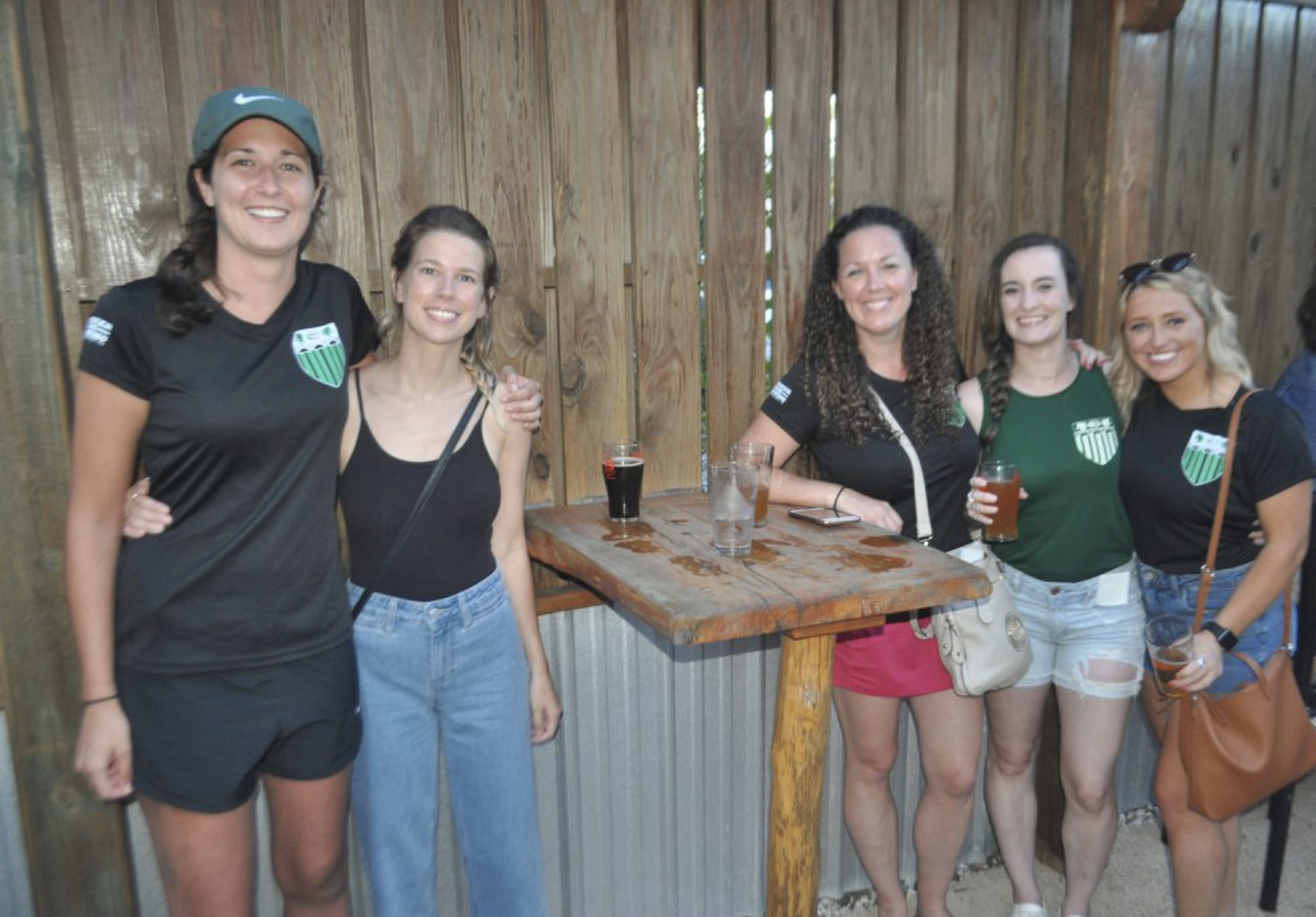
Photo: Cape Fear Rugby 7’s Tournament Facebook
Cape Fear has also offered prize money to the Elite division winners in the past – another attractive lure that impacts the overall experience.
For the youth-centered NAI 7s, new technology and social media have played a big role in developing value.
“All of our fields are broadcasted. It has taken us a while to get there,” Cressler stated.
“But that is what attracts good teams and they have a good time and they go home and say that was a freaking awesome tournament and more people continue to come.”
—
When the sun sets on tournament day, the work takes a momentary break. Get feedback from the work force, document the successes and work-ons while they’re still top-of-mind, and make sure the event website and social media channels are rife with information. It doesn’t hurt to mentor a future tournament director, either, so there’s no gap in performance.

